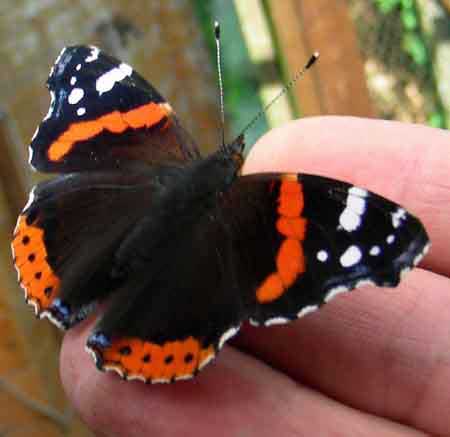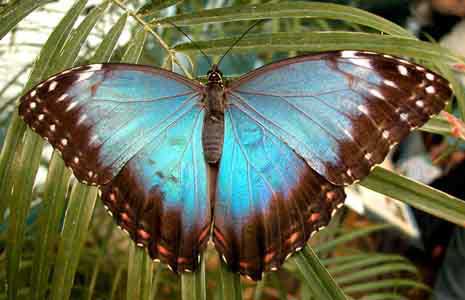Click here for free, printer-friendly, "butterfly life cycle" worksheet (1st, 2nd grade).
Life Cycle of Butterflies and Moths

To grow into an adult, every butterfly goes through 4 stages in its life: egg, larva, pupa and adult. Each stage looks completely different and serves a different purpose in the life of the insect. This process is called complete metamorphosis (transformation or change in shape). Butterflies, moths, beetles, flies and bees have complete metamorphosis. Grasshoppers, crickets, dragonflies, and cockroaches have incomplete metamorphosis. The young (called a nymph) usually look like small adults but without the wings.
The First Stage: The Egg

A butterfly starts life as a very small, round, oval or cylindrical egg. The egg shape depends on the type of butterfly that laid the egg. Females lay their eggs on or near the plants that will later be eaten by the caterpillar, when it hatches. Many species of butterflies lay a lot of eggs at once so that at least some of them survive. The eggs are laid very close together.
The Second Stage: The Larva (Caterpillar)



The next stage is the larva. This is also called a caterpillar if the insect is a butterfly or a moth. When the egg hatches, the caterpillar will start to eat the leaf they were born onto. Each caterpillar type likes only certain types of leaves. Since they are tiny and can not travel to a new plant, the caterpillar needs to hatch on the kind of leaf it wants to eat. A caterpillar's exoskeleton can't stretch or grow, so the caterpillar sheds its skin, or molts, four or more times as it grows.
The Third Stage: Pupa (Chrysalis)



When the caterpillar is full grown and stops eating, it becomes a pupa. The pupa of butterflies is also called a chrysalis. It does not eat during this stage. The chrysalis of most species is brown or green and blends into the background. It is usually suspended under a branch, hidden in leaves or buried underground. The pupa of many moths is protected inside a cocoon of silk. Inside of the pupa, the caterpillar is rapidly changing. Most of its organs and other body parts dissolve and re-form into the organs, tissues, limbs and wings of the adult.
The Fourth Stage: Adult Butterfly






In stage four, the chrysalis opens. Soon a butterfly (imago) comes out. Its wings are folded up against its body. The butterfly or moth pumps blood into the wings to expand them. The adults have long legs, long antennae, and compound eyes. They can fly by flapping their large and colorful wings. Most butterflies eat by sipping nectar and other liquids through their proboscis, a tubular appendage that functions like a straw. The adult is the stage when butterflies and moths mate and reproduce, and when a female lays eggs on leaves, the butterfly life cycle will start all over.